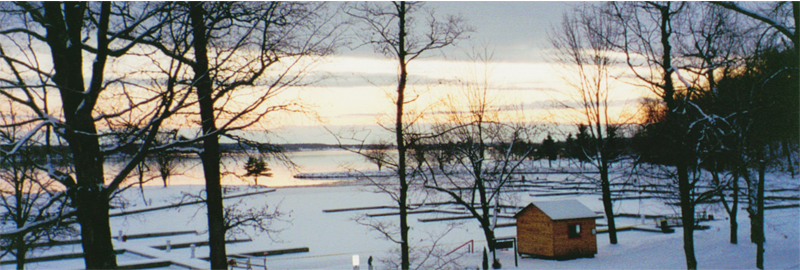In Siberia by Colin Thubron
I opened this book (published in 1999) with trepidation, a question on my lips: “Do I really want to go to this inhospitable place, if only in my mind?” There are no photographs, but as I read, I realise that pictorial images aren’t necessary. Thubron’s descriptions are rich, delving below the surface, showing how history and environment have shaped and reshaped both people and place. He brings a human face to this bleak and ancient land, instilling in the reader concern for the people whose indigenous religions, beliefs, and way of life, were forbidden under communism – a nation now afloat, where it is hard to believe in anything.
His trek begins in Yekaterinburg, the city (then named Sverdlovsk) where the last Czar and his family were brutally murdered. Much of the city is familiar to me from a visit some years ago. In the empty space where once stood the house of the merchant Ipatiev, where the Imperial family and their servants were imprisoned then butchered, he stood where I stood and watched a trickle of sometimes hysterical or obsessed pilgrims coming and going. But, Thubron sees what most observers (myself included) do not see. He ventures along a nearby path through trees and discovers an old man living in the crater of a rubbish dump. Sitting on a sodden sofa in the midst of debris, the old man shares a lunch of potatoes and a jar of green peas awash in rainwater, accompanied by copious amounts of vodka, while the story of his life unfolds. A tale of deprivation; not an unfamiliar one for so many Russians.
On a bus rattling through remote valleys from Gorno Altaish to Pazyryk on the Mongolian border, in search of the ‘people of the frozen tombs,’ Thubron describes his fellow passengers: “I was surrounded by a dark, hardy people. The women’s heads glinted in gold-threaded scarves. The machine-gun patter of their speech, snagged by sudden gutturals and glottals, grated and chirruped through the bus. Some of them were beautiful. The wide plane of their cheeks and foreheads, where shallow noses and bunched lips made no commotion, emphasised instead the feathery isolation of eyebrows so admired by the Chinese.” (p.81)
On a steamer to Dudinka in the Arctic Circle, his description of the Yenisei river, places the reader vicariously in this far-flung place: “Half-hidden currents shimmer over its surface, trembling with some obscure trouble. At other times the boat pushes through a river like black treacle.” (p.123) In the Entsy village of Potalovo, on the banks of the Yenisei, he takes refuge in a run-down cottage hospital. His room-mate, Stepan, a homeless man, wanders around letting out hoarse unanswered cries. “An elastic band, which he bound around his head, prevented it, he said, from flying apart.” In the tundra outside the village, acid rain from nickel-processing factories in Norilsk has destroyed the natural grazing lands of the reindeer, the major source of income for Entsy herdsmen. The population of the village has declined, and with it the Entsy language, culture, and traditions. Half the population is unemployed, and most have succumbed to the Russian obsession with alcohol.
Centuries ago, when schism split the Russian Church, religious dissenters, known as Old Believers, were banished across the length of Siberia. Remnants of them remain. In the village of Kuytan, Thubron is invited into the pristine home of Sergei and Galina, where antique icons in vermilions and polished gold reside on a shelf above the electric meter. Their cellar is stacked with provisions in readiness for the Apocalypse, which they know will come.
Nearing the end of his journey in Kolyma, it seems as though the Apocalypse has already swept through. As Stalin’s paranoia heightened, the death camps were fed every year with tens of thousands of prisoners. It is estimated that two million, mostly innocent, people died in the gold mines or were executed. The watch-towers have fallen, but the walking dead still linger.
In Magadan, on the Pacific coast, Yuri (a young geologist) takes Thubron to the ruins of Butugychag, a camp close to an old uranium processing plant, where the earth is still filled with the deadly ore. On the frozen hillside, Yuri smiles and starts to sing, allowing readers a glimpse into how Russians, particularly those from the harsh lands of Siberia, cope with life.
Thubron’s quest for the unusual in both people and place, makes this a refreshing change from the sometimes inane blurb of travel diatribes. Although sombre in places, ‘In Siberia’ is an interesting and memorable book, and one well worth reading.

Leave a Reply